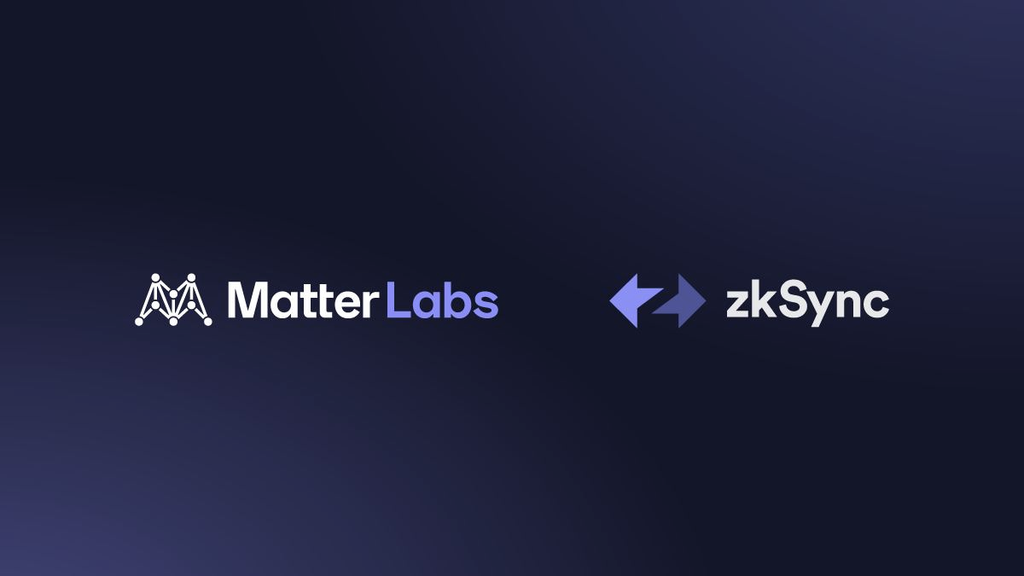Learn how you can start redeeming your Brex points for crypto rewards like Bitcoin and Ethereum today.

To begin sending or receiving cryptocurrencies, you first need a wallet. You will need to choose a type of wallet (more on that below). Cryptocurrency wallets behave in some ways like traditional bank accounts, allowing users to store, send and receive funds.
On creation, each new cryptocurrency wallet will be assigned a specific address. Your wallet's address functions as a unique identifier on the blockchain network— much like a physical address in real life. Knowing your address, anyone can send you funds and see what balance your account holds. They cannot, however, know who the owner of this address is or spend any assets from it.
To view and access your own wallet's balance, you need to be recognized by the blockchain as the owner of your wallet. To do that you need to provide a private key— a long string that functions much like a very strong password.
Due in part to the risk of users no longer being able to access their funds if they lose their private keys, some entities like Coinbase provide what is known as a “custodial wallet,” where a trusted entity takes on the job of keeping your private keys safe.
This option, however convenient, carries both advantages and disadvantages. On one hand, you do not have to worry about securing your private keys yourself. On the other, you are trusting someone else to do that for you.
When you redeem your Brex points for Bitcoin (BTC) or Ethereum (ETH), you will incur a network fee, which may vary depending on the average transaction fees at the time. The transaction can also take a few hours to finalize.
If you have created a non-custodial wallet—through apps like Metamask or Coinbase Wallet—you will be prompted to back up your private keys or mnemonic phrase. Private keys function as a digital key to prove that you have the right to spend cryptocurrencies from a given address.
These should never be shared publicly, with backups stored on paper in a safe place. By taking custody of their private keys, users are able to retain true ownership of their assets. Your private keys are all that is needed to access your crypto or recover access to your wallet, so guard them well!
After setting up your wallet, it’s time to get your crypto. Brex users can select the asset they’d like to redeem by logging into their Brex dashboard and selecting the crypto rewards option. Currently, we support the top two cryptocurrencies by market cap, Ethereum (ETH) and Bitcoin (BTC).
1. Click Redeem on the right side of the crypto of your choice. You can learn more about the process in How it works.
2. In Spend Points, you can use the sliding bar to select an amount of available Brex points you wish to redeem for the crypto you have chosen. You will be able to see how much BTC or ETH you will receive and how much it is worth in US dollars at the current time.
3. In Where To Deposit, simply paste your wallet address. Be sure to triple check that this is the correct address, without any extra characters or typos.
IMPORTANT:
The wallet address you input has to correspond to the cryptocurrency of your choice. For example, if you wish to redeem your points for Bitcoin, you need to paste a Bitcoin network address. Since cryptocurrency transactions are irreversible, if you input an address from a different network, your funds will be lost. Bitcoin addresses start with “1”, “3” or “bc”, whereas Ethereum addresses start with “0x”.
4. Agree to our Terms and Conditions, authorize Coinbase to perform the transaction, and click Redeem—the transaction has been issued.
5. Check your crypto account balance. Typically transfers will take 10 to 20 minutes to process, but can take as long as 1 hour. When you can see in your wallet that you have received the payment, congratulations! You have now redeemed your Brex points for cryptocurrency.
As a newly initiated cryptocurrency HODLer, you now have access to an entirely new ecosystem of tools and apps. It is important, however, to take steps to stay secure online in order to protect your portfolio. One of the first steps you could take in this journey into decentralized finance or “DeFi” is to learn about the risks associated with owning cryptocurrencies.








